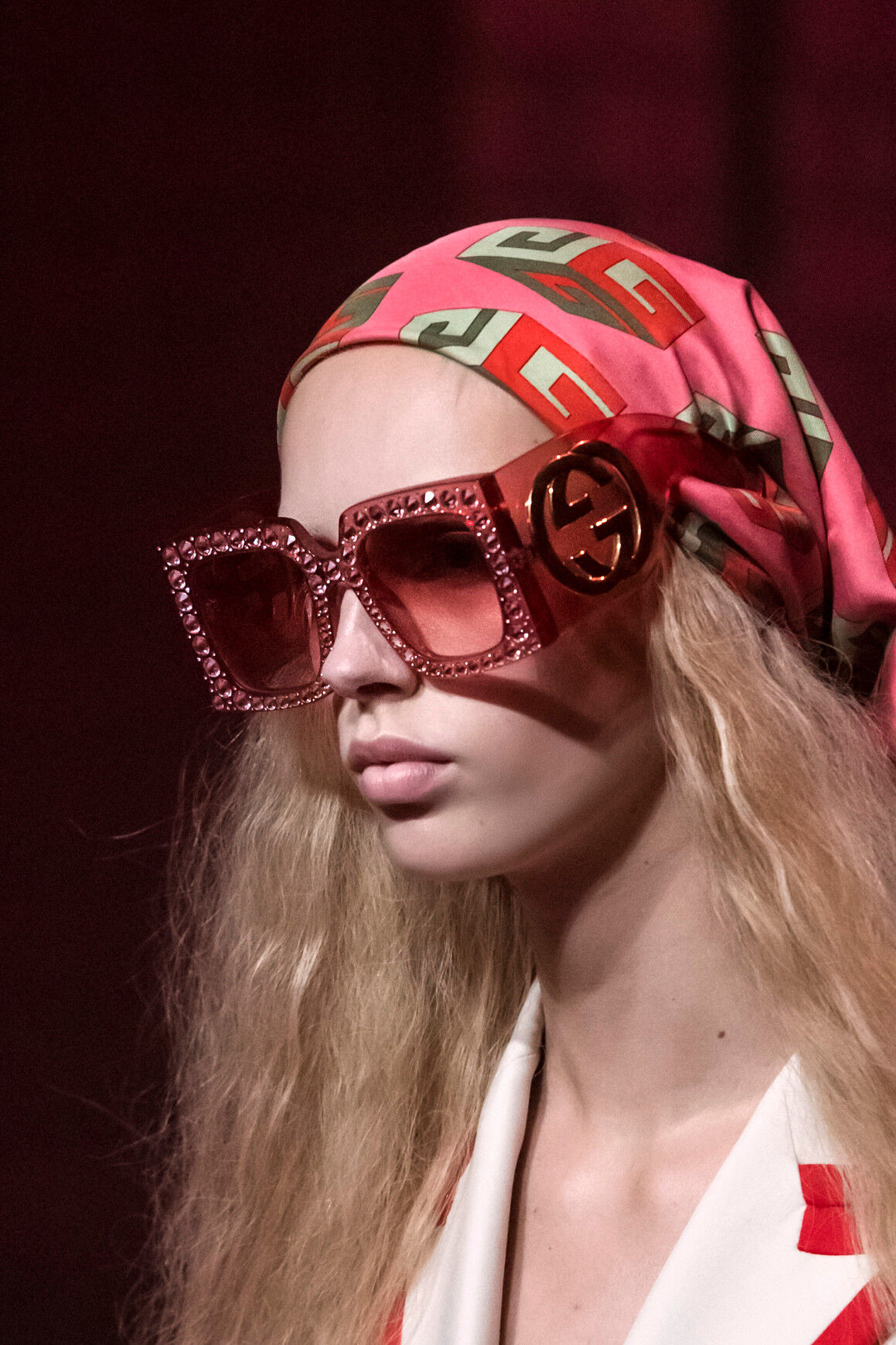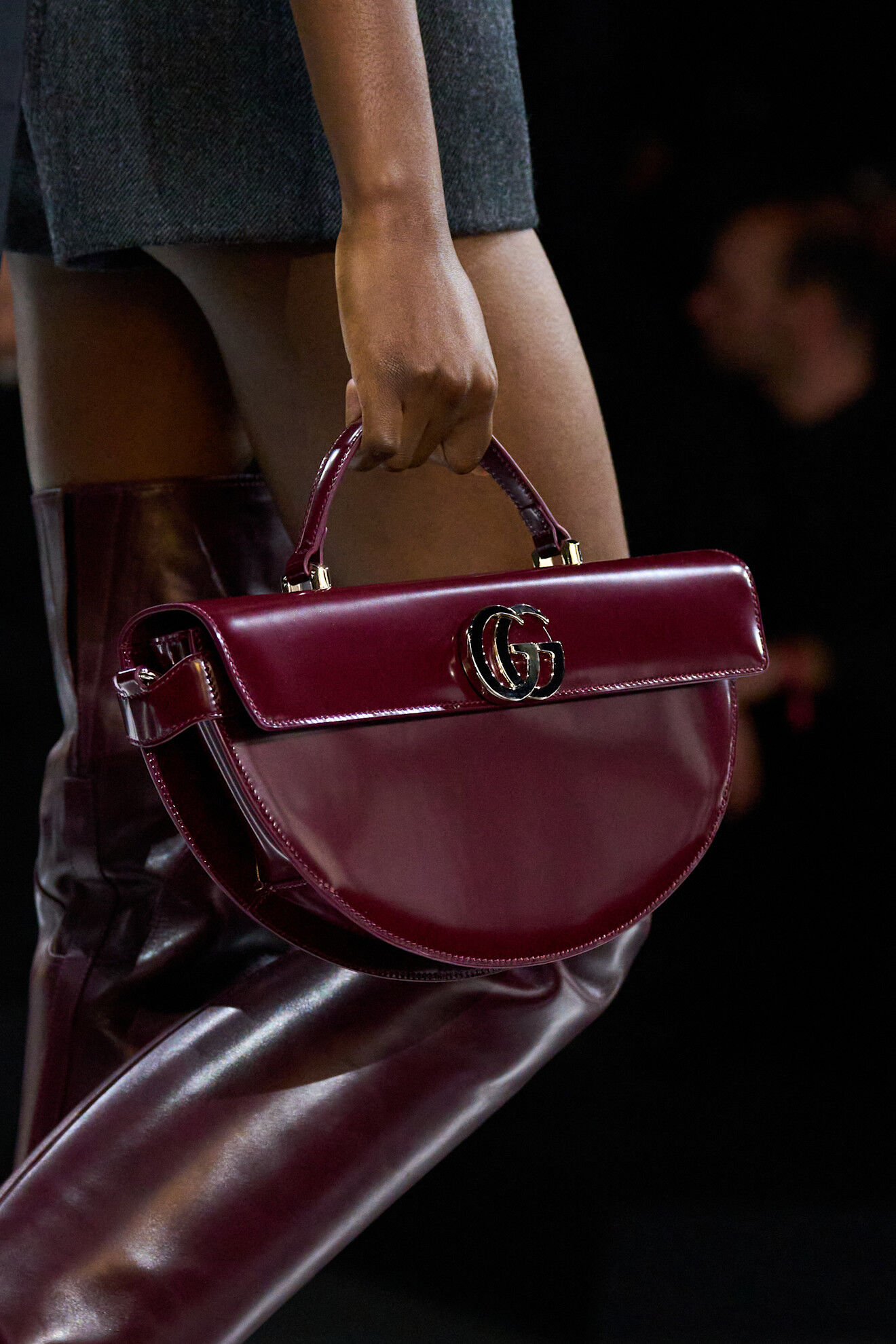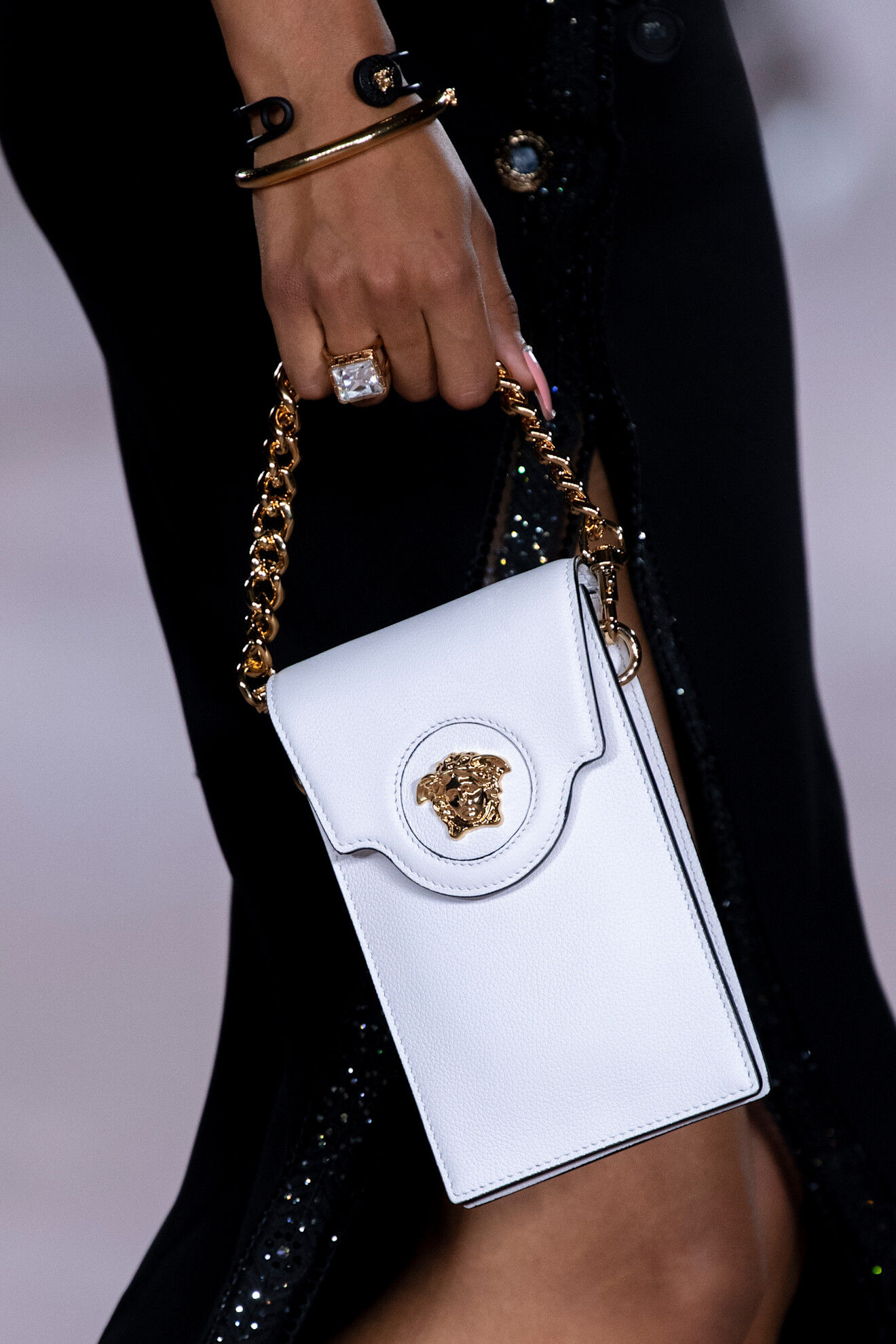Judging by the branding
Not just identification marks, but a part of culture and heritage

Brand symbols once served to enhance the quality of a product, working in tandem with the representation of excellence. Today, in the 21st century, at the peak of logomania, these symbols are more of a trend than a signifier of quality. However, it is these two distinct branding cultures that have allowed designers to make their mark on the fashion market.
Some global brands acquired their logos years after their inception, with many of these emblems organically evolving to tell the story of the brand's history and development.

Photo: SPOTLIGHT / Gucci
Burberry
The knight on horseback was patented in 1909 but first appeared on products eight years earlier. The word "Prorsum" or "Forward" accompanied this iconic logo. The choice of this symbol is explained by the fact that the waterproof gabardine fabric was used by adventurers, aviators, and military personnel.

Photo: SPOTLIGHT / Burberry
Chanel
Coco Chanel designed the logo for her fashion house in 1925. It remains unchanged to this day. The most recognizable symbol lies in its simplicity and elegance—interlocking C’s realized in white on a black background. The origin is obvious—Coco Chanel's initials—but despite this, the history of the logo is shrouded in mystery. One theory suggests that it was inspired by the stained-glass windows of a 12th-century monastery where Coco spent some years of her life.

Photo: SPOTLIGHT / Chanel
Gucci
The exact date of the Gucci logo’s creation remains unknown, but the company itself was founded in Florence in 1921. The double G’s, similar to Chanel's but not mirrored, stand for Guccio Gucci’s initials. In the 1970s, when Paolo Gucci was leading the brand, he incorporated the logo into handbags and first applied the GG to clothing. It was during this time that the House gained recognition, attracting attention with its coveted logo. While most branding remains unchanged, former Gucci Creative Director Alessandro Michele broke the rules by tilting the logo in cursive to the right and embellishing it with blooming flowers.

Photo: SPOTLIGHT / Gucci
Hermès
The Hermès logo has deep historical roots, as the brand originally specialized in high-quality saddles, harnesses, and other equestrian gear, at a time when horses were the primary mode of transportation. Hermès later reinforced its connection with equestrian sports, aligning itself with the world of jockey clubs and high society. The Hermès logo featuring a horse and carriage was officially patented in 1945, based on a gouache drawing titled "Le Duc Attelé" by Alfred de Dreux.

Photo: SPOTLIGHT / Hermès
Louis Vuitton
The oldest fashion house was founded in 1854, but its monogram is slightly younger: the LV first appeared on luxury trunks in 1896. Initially, Louis Vuitton accessories were prized for their luxurious construction and waterproof qualities. The initiative to create a logo came from Louis Vuitton's son, Georges Vuitton, intending to prevent counterfeits of the desirable line of travel trunks.

Photo: SPOTLIGHT / Louis Vuitton
Prada
In the early 20th century, Prada was a supplier to the Italian royal family. The company was permitted to use the traditional Savoy coat of arms and the number eight. Later, the brand was led by the founder’s granddaughter, Miuccia Prada, who was inspired by her grandfather Mario Prada’s trunk and introduced a new interpretation in the 1980s: she printed the Prada emblem on a signature triangular metal plaque and added it to a black nylon bag. The bag and the new logo instantly became synonymous with the Prada brand.

Photo: SPOTLIGHT / Prada
Versace
Gianni Versace founded the brand in 1978, but the Medusa logo appeared only in 1993. The monstrous appearance of the Gorgon—a symbol of fatal attraction—was given to her as a punishment by the goddess Athena. Gianni believed that by choosing Medusa’s head, anyone who fell in love with it would be unable to escape her allure.

Photo: SPOTLIGHT / Versace


